What is edge computing?
Edge computing is when processes are performed locally on the “edge” of the network making the amount of long-distance communication limited and communication between devices happen more quickly. Instead of devices exclusively communicating with the cloud, they communicate with their own, local servers/computers first. This reduces the amount of data being transferred between the device and the cloud. Decreasing the amount of data being transferred decreases the amount of bandwidth being used, therefore increasing network speeds and cutting down on latency between devices.
Goals of edge computing
The goal of edge computing is to reduce latency and bandwidth use by bringing computing as close to the source of data as possible. To achieve this goal, less processes are run in the cloud and instead, are moved to local places; for example, a user’s computer, an IoT device, or an edge server.
The noticeable difference
Edge computing is useful when there is a group of devices on the network all communicating with the cloud. It’s likely that these devices will use a substantial amount of bandwidth since every bit of information that the devices produce is transferred to the cloud. Now imagine if each device could sift through its own data and find only the data that is actually useful. Only then would the device transfer data to the cloud. The device would be transferring much less data than it otherwise would have, therefore conserving bandwidth and increasing speed to complete other tasks.
When processes are completed with edge computing, they will have a noticeable reduction in latency or delay. This is due to the fact that, geographically, there is a shorter distance for the data to travel. When data has to travel off-site, to the other side of the globe and back, it is reasonable to expect that there will be some sort of delay. But when data only needs to travel from the device to the network’s edge, the task can be completed much more quickly.
Edge appliances can make all the difference in your business’ infrastructure. By reducing latency of daily operations, you can increase production and efficiency of daily processes.
